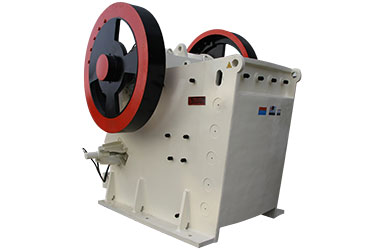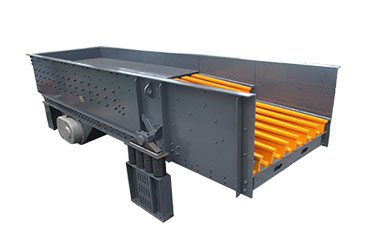YGM Raymond roller mill
Revolutionizing Grinding Efficiency
The YGM Raymond roller mill is a versatile grinding machine primarily used for materials with middle and low hardness, moisture below 6%, and non-explosive, non-flammable characteristics.
Fully meet the production needs of customers of various tonnages and fineness of materials.
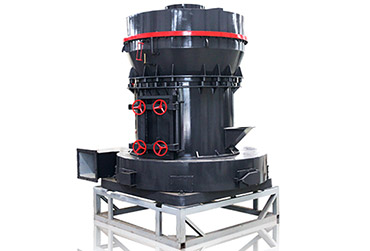
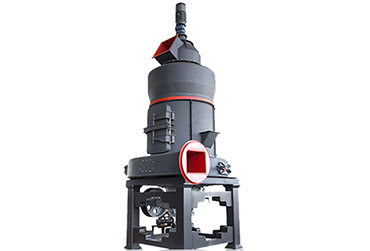
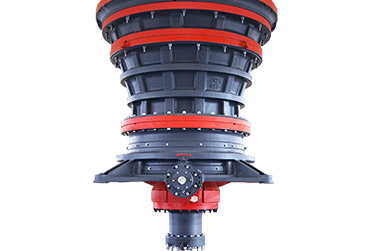
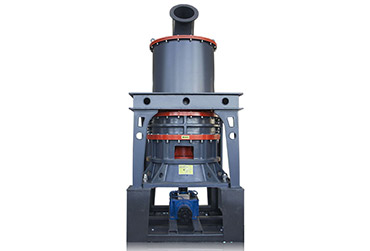

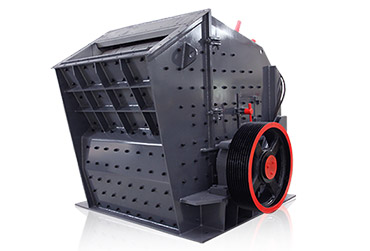


The process begins with raw materials, crushed to less than 20mm by a jaw crusher, then elevated by an elevator to a storage hopper. Subsequently, a vibrating feeder ensures the even and continuous flow of materials into the main grinding machine. The resulting powdered substance is carried away by airflow. After passing through a classifier to achieve the desired fineness, the powder, along with the airflow, is directed into a cyclone collector. The collector isolates and accumulates the powder, which is then discharged through a tube as the finished product. The system operates as a closed loop, with the air circulating in both positive and negative pressure conditions.
Several improvements have been implemented to enhance the performance of the YGM series Raymond roller mill. First, a reduction in roller size and vibration, coupled with an increase in production volume, has been achieved through careful calculation. This adjustment optimizes the material layer between the roller and ring, minimizing attrition, vibration, and noise. Simultaneously, it reduces the fan's airflow resistance, allowing for increased winds and consequently boosting production volume by 20% to 30% compared to the R Raymond mill.
The second enhancement involves a mechanism for increasing the linkage pressure of the rollers. This modification significantly extends the equipment's lifespan and augments its capacity by 20% under identical power conditions. Additionally, the original roller assembly has been optimized to increase oiling intervals by 6 to 15 times. This advancement enables a single oil application to last for 30-45 days, enhancing operational efficiency.
Furthermore, the YGM series demonstrates heightened efficiency and stability. The continuous contact between the ring and roller during processing results in improved grind efficiency and stability. The adoption of a Variable Frequency Squirrel Cage classifier, a patented product, ensures higher accuracy in powder classification within the range of 80-600 meshes. This classifier achieves an impressive 99% classification efficiency, offering stable and adjustable powder selection. In comparison to blade-type classifiers, this system significantly enhances the efficiency and qualification rate of the final product. Overall, these advancements underscore the YGM series' commitment to delivering superior performance in terms of production volume, equipment longevity, and powder quality.


The YGM high-pressure Raymond grinding mill represents a significant improvement over the R series Raymond mill. With increased grinding roller centrifugal force achieved through high-pressure spring pressure, YGM Raymond mill is well-suited for processing non-flammable and explosive minerals with a Mohs hardness level of 7 and humidity below 6%. This includes materials like barite, limestone, ceramics, and slag, enabling fine powder processing. The finished product's particle size is finely tuned within the range of 80-425 mesh, meeting diverse material requirements across various fields.
Derived from the earliest powder grinding mill, the Raymond mill, the YGM series high-pressure mill undergoes enhancements and updates. The key distinctions lie in feed particle size, discharge particle size, and capacity. YGM Raymond mill accommodates larger feed sizes compared to the original R-series, leading to a more stable output and higher processing efficiency. The output particle size of the YGM high-pressure grinding mill ranges from 80 mesh to 425 mesh, surpassing the 30-325 mesh range of the Raymond mill. Due to the robust pressure exerted by the high-pressure spring, the YGM mill exhibits higher output capacity compared to the Raymond mill.
Furthermore, in prolonged usage, when significant wear on the grinding roller and ring occurs, the high-pressure mill allows for adjustments to maintain optimal grinding conditions. Unlike the Raymond mill, which may require the replacement of fragile parts, the high-pressure mill permits adjustments before reaching a critical point. The high-pressure device ensures the tight pressing of the grinding roller and ring, maximizing their usage.
The YGM Raymond mill comprises the main grinding machine, fineness analysis machine, blower, cyclone, bag dust collector, and connecting air duct. Additional auxiliary equipment, such as a jaw crusher, bucket elevator, vibrating feeder, and electric control cabinet, can be provided by SBM machinery based on user requirements. The operational mechanism of the YGM Raymond mill involves a 1000-1500kg high-pressure spring fixed to the roller suspender. The grinder's ring is influenced by the high-pressure spring and centrifugal force, leading to a 1.2 times higher rolling pressure and increased output. Material loaded into the grinding cavity undergoes grinding between the roller and ring, with the resultant powder directed to the classifier via the blower's circulation wind. Qualified fine powder is collected in the cyclone collector, while larger particles return to the grinder for regrinding. A powder locking equipment under the cyclone isolates positive and negative air pressure, ensuring high productivity and environmental protection through efficient dust collection.


Widely applied in mining, building materials, metallurgy, and chemical industries, this mill allows for the grinding and processing of mineral materials. Its versatility is evident in its capability to adjust the finished powder size between 30 and 425 mesh (0.613mm-0.044mm).Distinguishing itself from other mills, Raymond mill exhibits a 10%-20% capacity increase under identical power conditions, with the compression force of rollers to material improving by 800-1200kgf due to the influence of high-pressure springs. The final product size ranges from 0.613mm (30 mesh) to 0.033mm (425 mesh), and in some instances, it achieves a remarkable fineness of 0.013mm (1000 mesh). Adhering to national dust-dump standards, the High Pressure Suspension Mill ensures environmental compliance, facilitated by easily adjustable separators and multi-class seals that tightly seal the grinding equipment.
The Raymond Mill plant comprises the host, analysis machine, plumbing fixtures, and the blower. Depending on user requirements, additional components such as a crusher, elevator, electromagnetic vibrating feeder, and electric control cabinet can be integrated into the system. Once materials are crushed to the desired particle size, they enter the storage hopper via the elevator and proceed continuously into the grinding chamber of the Raymond mill through a vibrating feeder. As the rollers rotate, the centrifugal force causes them to swing outward, pressing against the grinding ring. A shovel blade scoops up materials, sending them between the grinding roller and grinding ring to achieve the crushing purpose.
Post-grinding, the powder, along with circulating air generated by the blower, enters the analysis machine for sorting, with coarse material undergoing regrinding. Qualified powder, along with air, enters the cyclone powder collector and is discharged through the powder tube as the finished product. Within the grinding chamber of Raymond mill, the presence of moisture in the grinded material leads to heat generation during grinding. The evaporated moisture, combined with the slightly loose pipe interface, draws in outside air, increasing circulation pressure and ensuring the mill operates under negative pressure. The augmented airflow enters the DMC dust collector before being released into the atmosphere following purification.


It caters to a diverse range of minerals, including calcite, chalk, limestone, dolomite, kaolin, bentonite, and various others. Notably, it stands out for its energy-saving attributes, reducing electronic consumption by approximately 20-30% compared to common stone powder grinding machines.Moreover, the YGM Raymond Roller Mill boasts a prolonged service life due to the use of specially forged materials in the construction of the grinding ring and roller. This results in high utilization, and under similar grinding conditions and finished sizes, the lifespan of spare parts is about one year, surpassing that of impact mills or turbo mills by 2-3 times. The incorporation of a pulse bag filter and muffler makes the mill environmentally friendly, effectively mitigating dust pollution and noise.
In operation, the main bearing and dials of the grinding mill are driven by an electromotor through a reducer, causing all the grinding rollers to roll in the ring channels. The materials are propelled to the edge of the turn plate by centrifugal force and then descend into the grinding chambers. Simultaneously, the high-pressure air blower continuously inhales air, guiding airflow with crushed materials to the classifier. The high-speed impeller of the classifier screens the airflow, with unqualified particles returning to the mill for regrinding, while qualified particles mixed with air proceed to the cyclone powder collector. Most of the qualified powders exit through the discharging valve at the bottom, while a small proportion of fine powders, carried by airflow, moves to the dust cleaner. The materials from both lots are conveyed by the conveyor to be packed as finished powders. The process concludes with filtered clean air being emitted from the muffler. This comprehensive operation underscores the efficiency, durability, and environmental considerations embedded in the YGM Raymond roller mill.
Providing you with comprehensive solution design, equipment selection, construction, operation management, and return on investment.
